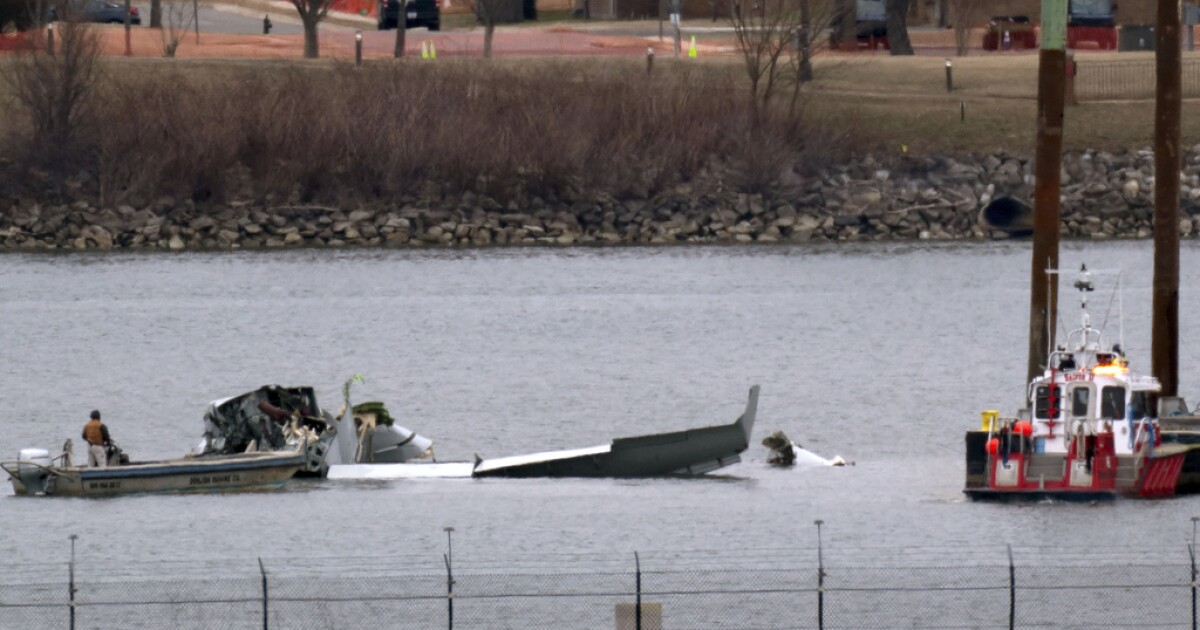The National Transportation Safety Board (NTSB) has commenced a pivotal series of hearings into January’s devastating mid-air collision near Washington Reagan National Airport, an incident that tragically claimed 67 lives. These ongoing NTSB hearings aim to meticulously dissect the circumstances surrounding one of the nation’s deadliest aviation disasters in over two decades, seeking answers and accountability.
The catastrophic event involved an American Airlines commercial jet and a military helicopter, converging in the highly congested airspace near what is commonly known as DCA. This specific location, vital to the nation’s capital, is notorious for its intricate air traffic control challenges and the sheer volume of both civilian and military flights operating within close proximity.
The human toll of the collision was immense, with 67 individuals losing their lives in the tragic accident. This profound loss of life immediately marked it as the deadliest plane crash investigation in the United States in more than two decades, drawing intense national scrutiny and renewed calls for enhanced aviation safety protocols.
Investigators have revealed startling pre-existing conditions that exacerbate concerns about the incident. Before the January collision, authorities had already documented an alarming 85 near misses within the vicinity of Reagan National Airport, signaling persistent issues with airspace management and operational safety.
A critical revelation from the ongoing inquiry is the discovery that military helicopters, frequently navigating this crowded and sensitive airspace, routinely operated with a key piece of identification equipment disabled. This practice, potentially hindering the ability of air traffic control systems to accurately track and manage these aircraft, raises serious questions about inter-agency coordination and adherence to safety regulations.
The comprehensive NTSB investigation into the DCA collision remains active and complex. Given the multifaceted nature of the incident and the depth of technical analysis required, a definitive report detailing the specific cause of the accident and its contributing factors is not anticipated for some considerable time.
Experts in aviation safety are closely monitoring the proceedings, emphasizing the critical importance of these hearings in preventing future tragedies. The findings are expected to inform crucial policy changes and technological advancements aimed at fortifying air travel security across all sectors, from commercial airlines to military operations.
The tragic mid-air collision serves as a stark reminder of the inherent risks associated with modern air travel, even with advanced technologies and rigorous protocols in place. It underscores the perpetual need for vigilance, continuous review of procedures, and strict enforcement of safety standards to safeguard both passengers and crew.
Ultimately, the NTSB’s diligent work aims not only to determine the specific chain of events leading to this devastating accident but also to implement recommendations that will enhance overall air traffic control and flight safety, ensuring public confidence in the national airspace system for years to come.






Leave a Reply